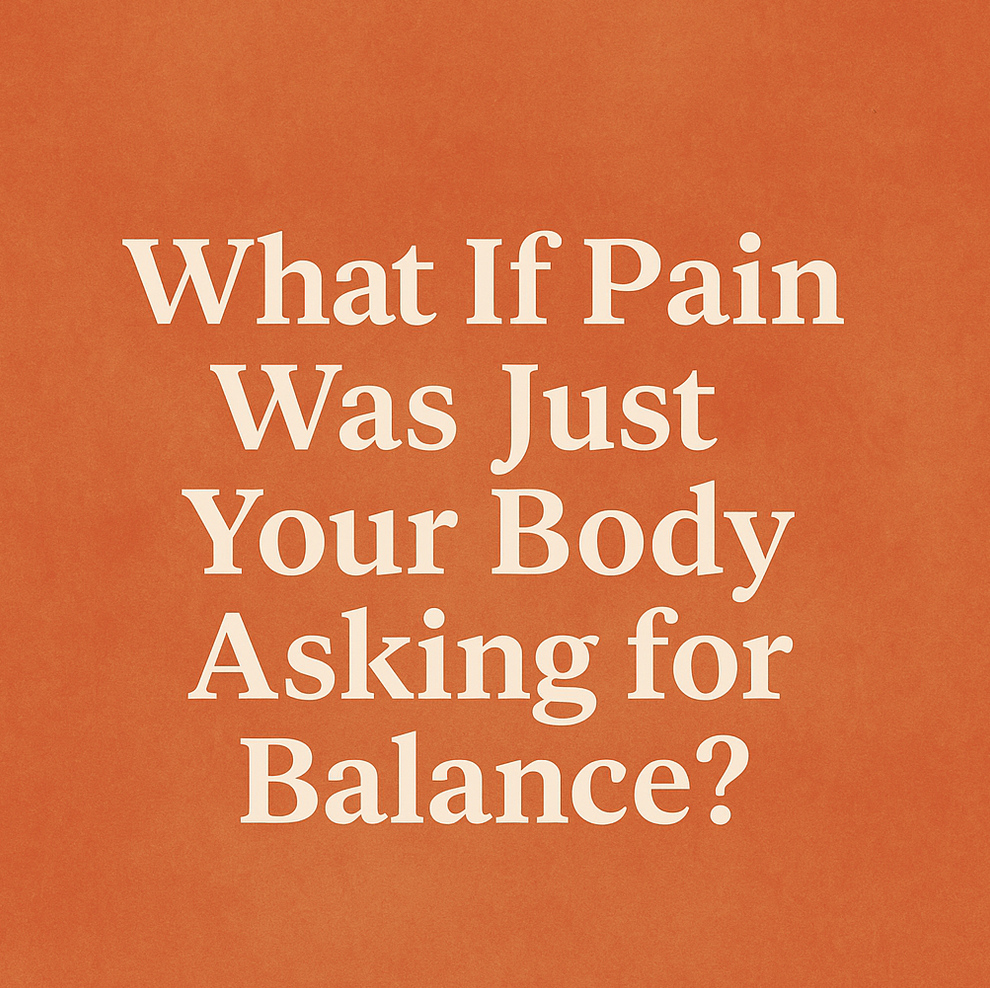Introduction
Imagine you're faced with a classic puzzle known as the "9-dot problem” (see below).
The challenge is to connect nine dots arranged in 4 straight lines without lifting your pen.
Give up? See the solution below…
Most people struggle with this task because they attempt to solve it within the confined boundaries of the grid.
But here's the twist: the solution requires you to think outside the box, literally!
Thinking Outside the Box
This concept of "thinking outside the box" translates beautifully to another common problem: persistent neck pain.
Instead of merely zooming in on the neck itself, we'll explore a groundbreaking study that shows how incorporating aerobic exercise – a step outside the box – can lead to significant relief.
The Neck Pain Conundrum
Neck pain affects a substantial portion of the population, and the quest for a solution is often met with frustration.
Individuals dealing with neck pain might find themselves in a never-ending loop of shot term quick fixes that, at best, offer temporary relief.
However, the key to solving this puzzle for good might actually be to stop focusing exclusively on the "pain area."
The Study Setup
In March 2020, a study was conducted to assess the impact of aerobic exercise in conjunction with neck-specific exercises for individuals suffering from neck pain.
This prospective double-blind randomized controlled trial was carried out in physiotherapy outpatient clinics, involving patients with nonspecific neck pain.
The Intervention: Inside and Outside the Box
Participants were randomly divided into two groups:
The first group underwent a six-week regimen of neck-specific exercises. This represents the conventional "inside the box" approach.
The second group received the same neck-specific exercises, but with an intriguing twist – they also incorporated aerobic exercise (AE). This represents the "outside the box" thinking, looking beyond the neck alone.
The Aerobic Exercise (AE) program consisted of a moderate cycling exercise x 2 per week (60% of the age-predicted maximum heart rate) for 20 min during the first week, 30 min during the second week, and 45 min during the third to sixth weeks
Measuring Success: Multiple Angles
To evaluate the effectiveness of these treatments, an array of outcome measures was used, including the Visual Analogue Scale (VAS) to assess pain intensity, the Neck Disability Index (NDI) to evaluate how neck pain affects daily activities, the Fear Avoidance Beliefs Questionnaire (FABQ) to assess the impact of fear on pain-related behaviors and beliefs, and an evaluation of cervicogenic headaches.
These assessments were conducted at three crucial time points: at six weeks, then at three months, and again at six months post-interventions.
Astounding Outcomes
The results? They're nothing short of astounding!
The group that performed Aerobic Exercise achieved a whopping 77.4% success rate at the six-month follow-up, in stark contrast to just 40% in the control group.
A substantial reduction in VAS scores was observed in the AE group, plummeting from 6.73 to 1.89, while the control group's improvement was less pronounced, with scores moving from 6.65 to 3.32.
The AE group showcased remarkable improvements in NDI and FABQ scores within the first six weeks. For NDI, scores decreased from 16.10 to 7.78 in the AE group, compared to 17.01 to 11.09 in the control group.
FABQ scores exhibited a similar trend, dropping from 33.53 to 20.94 in the AE group and from 33.45 to 26.83 in the control group within the same timeframe.
Cervicogenic headaches, a common issue among those with neck pain, also saw a significant reduction in the AE group from baseline to six months.
The Game-Changing Conclusion
This groundbreaking study concludes that adding aerobic exercise to long-term neck-specific exercises is an effective and promising treatment for reducing neck pain and related headaches in patients with nonspecific neck pain.
The key takeaway here is the power of thinking beyond the immediate problem area and embracing a holistic approach to solving the puzzle of neck pain.
Zooming Out for a Holistic Solution
Much like the "9-dot problem," which demands expanding your perspective to find the solution, neck pain requires a broader approach.
Instead of focusing solely on the neck, a combination of neck-specific exercises and aerobic exercise yields outstanding results, offering hope for those grappling with neck pain.
Whilst this study the participants all used cycling as a form of aerobic exercise - the beauty is you could choose any form of exercise you enjoy - whether it’s jogging, walking, swimming, lawn bowls, hiking, gardening or pickleball.
The key is trying to get your body into a low to moderate intensity - around the Zone 2 mark.
You can measure this with a heart rate, RPE or use the ‘talk test’ as a guide.
The goal is to challenge the heart and lungs to continue to feed muscles with nutrients for longer periods of time (20 minutes to an hour or longer).
By considering a more holistic approach, we can finally connect the dots and find relief beyond the box we've been stuck in.
Always consult a healthcare professional before starting any exercise program, especially when dealing with pain or injury.
Wanting to get started on your journey to find relief from neck pain?
#NeckPainRelief #AerobicExercise #HolisticApproach
Research Link
**Solution - ONE of the possible solutions to the 9 dot puzzle:
































